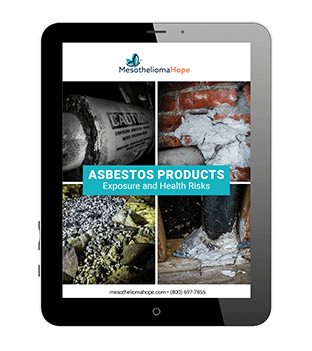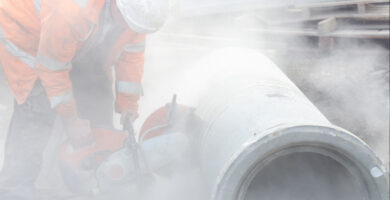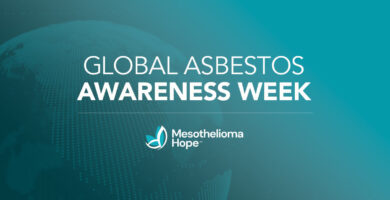The FDA has known about the dangers of asbestos-contaminated talc for decades, yet people continue to get sick because companies are allowed to sell hazardous products. Despite massive amounts of evidence that asbestos-containing materials increase the risk of mesothelioma and other cancers, companies are still allowed to produce ACMs.
The FDA has ignored more than 40 years’ of evidence that asbestos is dangerous, doing very little to protect American citizens.
New York Times Article Warns of Talc Cancer Link in 1976
On March 10, 1976, The New York Times published an article on the dangers of asbestos-contaminated talc citing research done at Mount Sinai Hospital. Researchers found that 10 of 19 baby and body powders were contaminated with asbestos fibers linked to the development of mesothelioma, lung tissue scarring and gastrointestinal diseases.
The concentration of asbestos in some of the products was staggering:
| Product | Percent of Asbestos Fibers |
| Bauer & Black Baby Talc | 15% |
| Rosemary Talc | 8 to 20% |
| Coty Airspun Face Powder | 8 to 20% |
| Cashmere Bouquet Body Talc | 8 to 20% |
| ZBT Baby Powder With Baby Oil | 2 to 20% |
| Fabert Brut Talc | < 5% |
| Yardley Invisible Talc | < 5% |
| Yardley Black Label Baby Powder | < 5% |
| Mennen Shave Talc | < 5% |
| English Leather After Shave Talc | < 5% |
As part of their investigative research, New York Times reporters contacted the manufacturers of each asbestos-contaminated powder. Every manufacturer that replied to the reporters denied the presence of asbestos in their products and claimed they were safe.
At best, manufacturers were genuinely unaware of the contents of their products and, at worst, they were actively covering up a dangerous substance. Neither scenario instills confidence that manufacturers are taking the steps necessary to keep the average consumer safe.
Denying the presence of asbestos in talc products is a long-standing practice with American manufacturers, even as the evidence often proves otherwise. More than 40 years later, manufacturers still lack transparency when it comes to asbestos-containing talc products.
The Risk of Asbestos-Contaminated Talc Continues
Asbestos continues to be discovered in a number of consumer products, including makeup, hair and body products.
It was only two months ago that asbestos was found in Claire’s talc-based makeup, which is marketed towards children. Claire’s claimed to be unaware “of any adverse reactions, injuries or illness caused by the possible presence of asbestos,” yet asbestos-related disease can remain latent for decades.
Johnson & Johnson® has also been the subject of numerous lawsuits alleging the company’s products have exposed consumers to asbestos. In March 2019, a jury found Johnson & Johnson responsible for exposing plaintiff and mesothelioma victim, Teresa Leavitt to the asbestos that caused her disease. The company was ordered to pay $29.4 million in compensatory damages.
This was just one of many lawsuits in which Johnson & Johnson has unwaveringly maintained its innocence, despite lab tests and internal documents proving otherwise.
The risks of asbestos in many talc-based cosmetics is currently unknown, but countless studies have directly linked asbestos exposure to mesothelioma, lung cancer and other deadly diseases. Unfortunately, the FDA continues to turn a blind eye to the potential dangers of talc-based cosmetics, despite the scandals and health concerns becoming regular news headlines.
Cosmetic Products Aren’t Subject to Rigorous Testing
Despite their prominence in Americans day-to-day lives, cosmetics are relatively unregulated by the FDA. They are not subject to the same tests as other FDA products and companies don’t face the same pressure to ensure their products are asbestos-free and safe. For example, makeup does not require FDA approval unless it contains color additives. Instead, the FDA puts the onus for safe products on the manufacturers.
But history has taught us that these manufacturers cannot regulate themselves. Since the mid-1970s, talc-product manufacturers have made a habit of denying the presence of asbestos in their products, even when the evidence proves otherwise.
Product manufacturers put innocent people at risk of death and must be held accountable for their lax testing and standards. If you’ve been exposed to asbestos from talc use and have since developed mesothelioma or another cancer, contact Mesothelioma Hope today.










